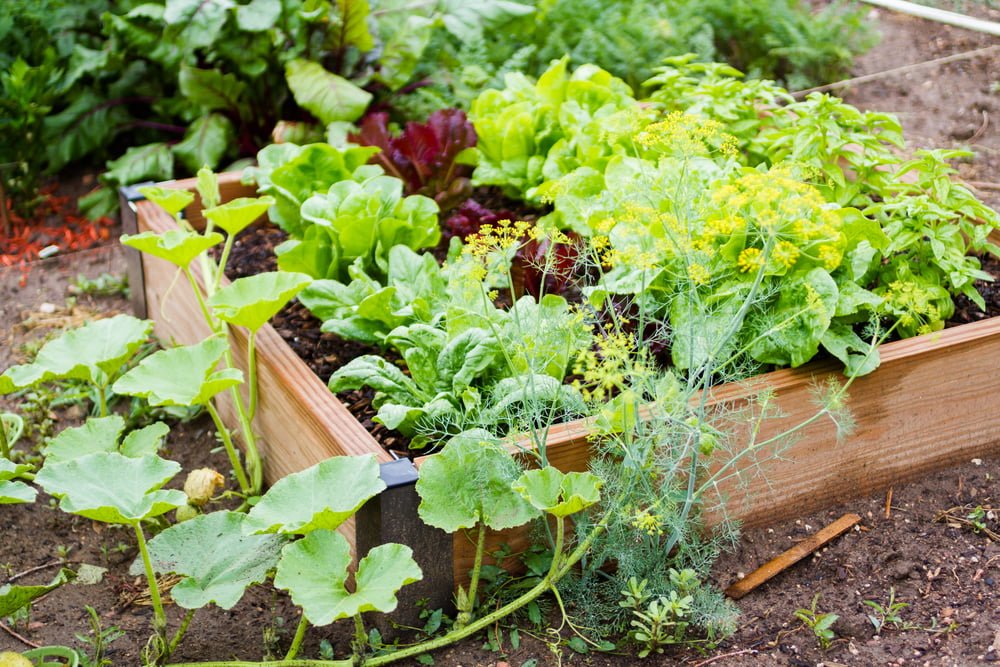
Community gardens are popping up in neighborhoods all across the United States.
Despite their growing popularity, some communities aren’t sure how the process works. Read on to learn more about this concept. Maybe you’ll want to start your own neighborhood communal gardening project!
What is a Community Garden?
The concept is pretty basic: A community garden is simply a plot of land planted, tended and harvested by a collection of people working together.
The motivation behind this communal approach can vary, from location to location. In some large cities, such as Boston, community members create neighborhood gardens because most homes lack sufficient yard space for private gardens.
In other cities, people use this as a way to get to know their neighbors as well as produce their own fresh produce.
Finding the Perfect Location
This is probably the trickiest part of establishing your own communal growing site.
If you have an empty lot in your neighborhood, especially if it’s an eyesore or collection spot for trash dumps, contact the owner and inquire about using that spot. Or, if one of your neighbors has some extra space on their lot, they may be willing to host the garden.
You can also check for any city-owned parcels in the area. These make perfect infill gardens. You may have to meet specific criteria, such as adding a fence or providing liability waivers, but many cities are excited to partner with neighborhoods on this type of project.
What is Required in a Typical Growing Season?
If you decide to participate in or create a community garden, you can plan on tending and harvesting your fruits and veggies at least seven months out of the year. If you select early- or late-producing species, you can extend that even further.
Here are some basic tasks for getting started. You can break the assignments up between you and your neighbors, or you can dedicate a few hours each weekend to working on the project together.
- Prepare the plot. If possible, clear your plot of land and add soil amendments early in the season. The healthier the soil, the healthier your plants will be.
- Plant. Plan your garden plot out in advance, to five the plants plenty of space to grow adequately. You do not want to overcrowd your plants!
- Water. Utah can be pretty wet in the spring (especially in this El Nino year!), but seedlings will still need to be watered by hand daily until they sprout. This can take up to 20 days, depending on the plant species.
- Weed. You don’t want your plot to be overtaken by weeds, so diligence is needed to keep them at bay. Weeding early in the season means less work later!
- Harvest. As plants begin to bear fruit, be sure to harvest them promptly. Otherwise they may fall prey to animals, pests or marauding passers-by.
- Winter Preparation. When the growing season comes to an end, remove dead plants and clear your plot. You will also need to replenish the soil by loosening it up and adding compost to it.
How Much Time Do You Need?
The more time you are able to invest in your garden the better it will turn out. Basically, you can expect to spend about this much time per activity:
- Plot Prep and Weeding – two hours per week in the spring and summer, one hour per week in the fall.
- Watering – one hour per week in the spring, five hours per week in the summer and little to no watering in the fall.
- Planting – expect to spend one to two hours per week in the spring, five hours per week in the summer and about a half hour each week in the fall.
- Harvesting – plan on about one hour per week in the spring and summer, and one or two hours per week in the fall, depending on your plants.
In the Salt Lake City area, Millcreek Gardens has everything you need for starting and maintaining your garden. Visit us today and let our friendly team of experts help you get started on your community gardens!


